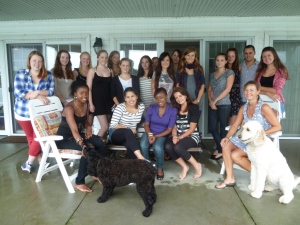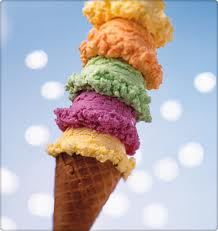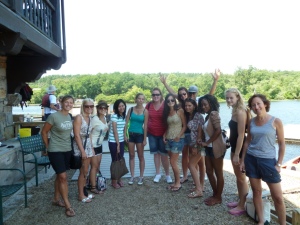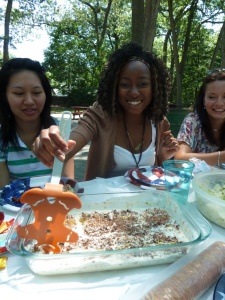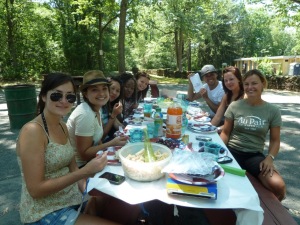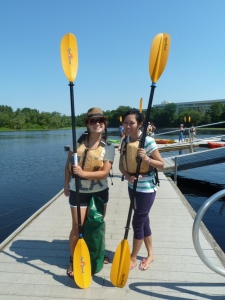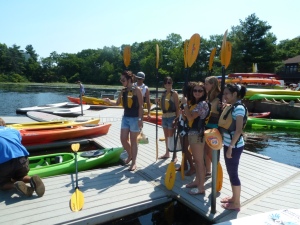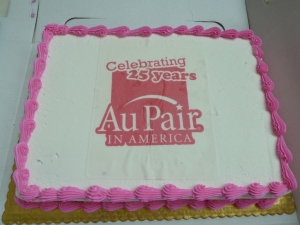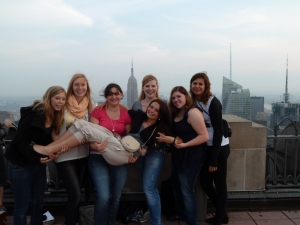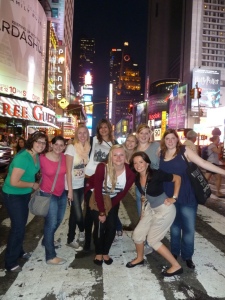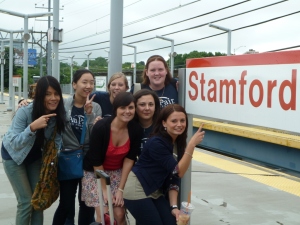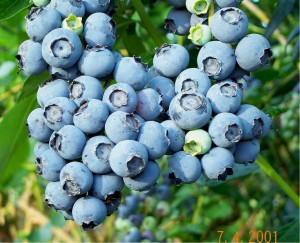There are many safety tips on the Au Pair in America website http://aupairinamerica.com/
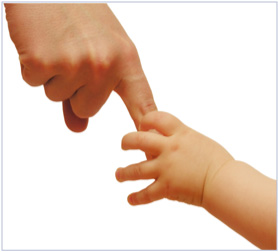
In honor of Baby Safety Month, here are some more specific baby tips:
- Check condition and sturdiness of toys. Discard any with sharp edges or are broken or falling apart.
- Check children’s clothing for loose buttons and strings.
- Is baby’s pacifier still in good condition? If not, toss it. Never use strings to attach the pacifier to baby’s clothes or crib.
- Where do you set baby’s carrier when she’s in it? Not on the counter, or any high surface. Babies can wiggle and tip themselves over.
- Walkers can be dangerous (especially old ones that don’t meet today’s safety standards), they allow baby to move very quickly and reach things they normally can’t. Never use around stairs.
- Stroller check. If your stroller is collapsible, be sure latches are secure before putting baby in. Always check that your child’s arms are out of the way when reversing handle directions so they won’t get pinched. Be sure to use that safety strap. Don’t hang overloaded or heavy bags on the handle of the stroller; this may cause it to tip over.
- Can you name the 12 most common choking foods for kids under five? Popcorn, hot dogs, chunks of meat, raisins, ice cubes, chunky peanut butter, nuts of any kind, hard candy, grapes, raw carrots, potato chips and corn chips. Don’t leave toddlers alone while eating; if they begin to choke you need to be nearby to assist.
- Get a piggy bank: this is a great place to put coins so they don’t end up on the floor, in the couch cushions and then baby’s mouth.
- Never leave your child unattended in the bathtub. If the phone rings, let the machine get it.

